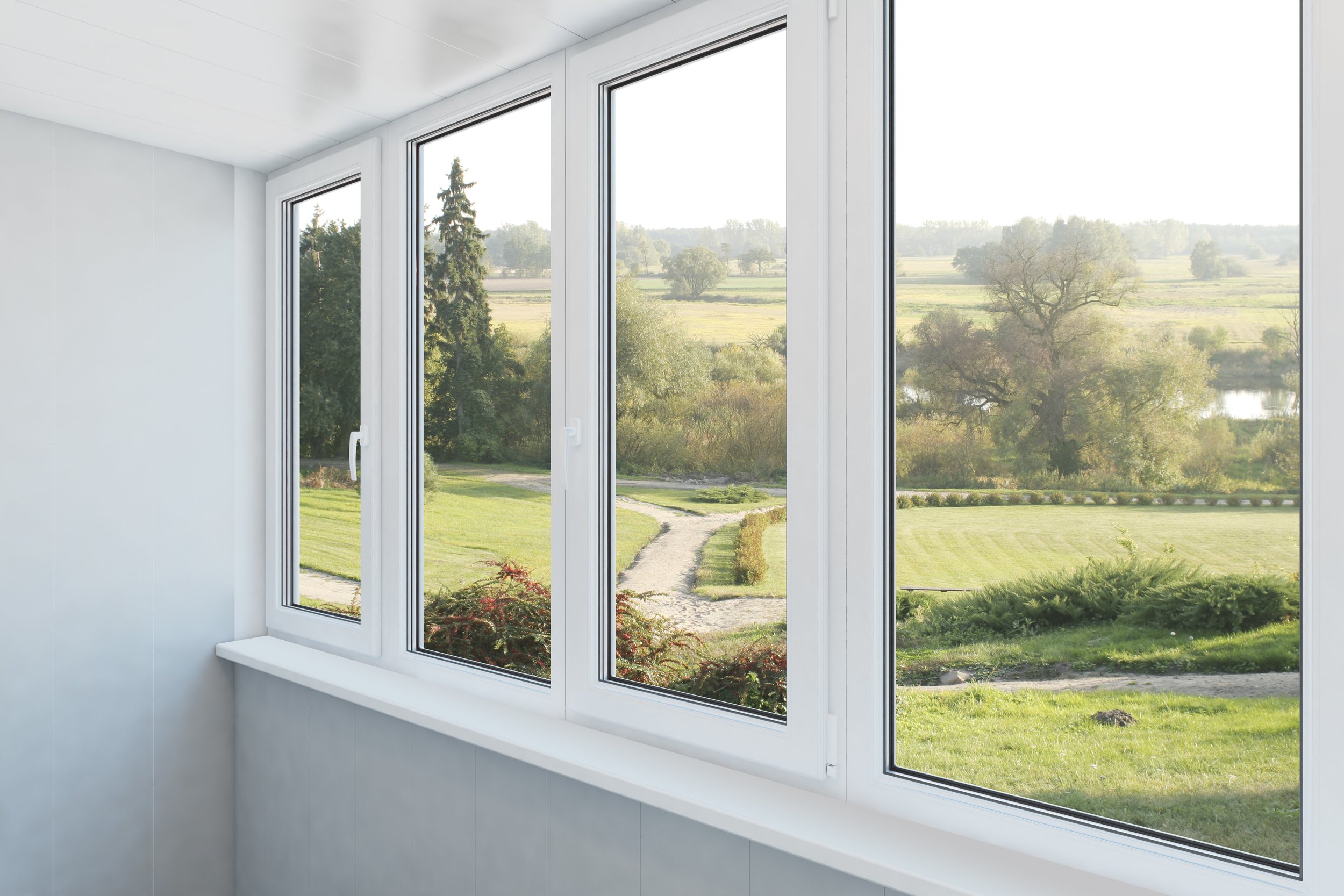Choosing high-performance windows for a cold climate home
Use this, not that
Choosing Windows
By Steve Konstantino
WINDOWS LET IN LIGHT, connect us with nature, add solar heat, provide fresh air, affect your comfort and add to the look and feel of a home. And new homes have a lot more glass as a percentage of wall area than the homes of our grandparents. This ratio has increased steadily for the past few decades. The more glass there is as part of a wall, the more important it becomes to have higher-performing windows. Windows are a big investment, so it is important to choose wisely.
There are a lot of options for windows: frame material type (wood, vinyl, aluminum, fiberglass), double- or triple-pane, operability (double-hung, casement, tilt and turn, etc.). Whether a window is double- or triple-pane matters less than the actual performance values of the window, so focus on the window’s performance ratings instead.
Here are some suggestions when choosing windows for a cold climate home:
Energy performance: Select windows with a whole window (Uw) U-value of less than .20. This is the rating for how well they hold the heat in. The lower the number, the better the energy efficiency.
Solar heat gain: Generally, a high solar heat gain window is beneficial in most cold climate homes. This rating is measured as the solar heat gain coefficient (SHGC); the higher the number, the more solar heat is allowed through the glass. Select windows with a SHGC of .40 or higher.
Air leakage: This has a direct impact on energy loss as well as comfort. Air leakage causes drafts, which is probably the most common complaint about a home’s windows. Choose windows that are either casement or tilt and turn for the best air sealing. Windows with multiple gaskets (at least three) will seal the best.
Durability: Both frame material and window hardware have an impact on how well the windows hold up over time. Wood windows are often preferred for aesthetic reasons but will not last as long as synthetic (uPVC or fiberglass) or aluminum frames. Wood may require more maintenance over time to keep from decaying. No one wants to replace windows in an existing home, so think about this when building new or when replacing poor-quality windows in your home.
Cost: Budgets are always a challenge when selecting windows. Upfront cost should not be the only consideration. Energy performance and durability should be the biggest consideration as the long-term cost of energy will likely outweigh the upfront cost. Wood- and aluminum-framed windows usually cost more than ones made of synthetic materials.
Condensation: There are ratings for this, but a low U-value window will not usually have condensation issues in most homes.
Sound control: If your home is on a noisy street, good sound attenuation will have a positive impact on your indoor environment. Most sound travels through air gaps or solid materials, such as framing lumber. Choose a well-gasketed airtight window and thermally broken frame materials. These will minimize noise transmission through the windows.
Windows are a long-term choice when building a new home or replacing windows in an existing home. There are plenty of brands and options, and the information can get very confusing. Try to look past the marketing materials and get to the actual performance data. You get one shot to get it right. Choose wisely!
This article appeared in the Spring 2023 edition of Green & Healthy Maine HOMES. Subscribe today!
Find Maine experts that specialize in healthy, efficient homes in the Green Homes Business Directory.



